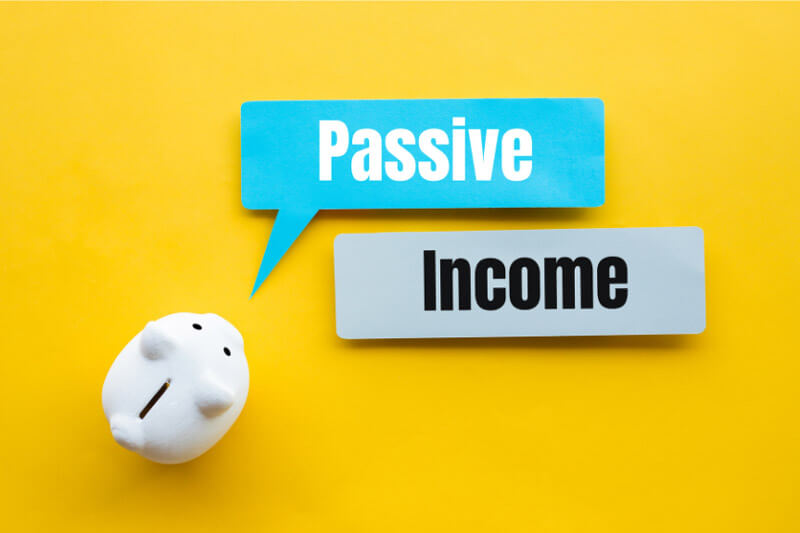
It’s easy to understand why.
Investopedia defines passive income as “money being earned regularly with little or no effort on the part of the person receiving it”. Who wouldn’t want that? Money coming in without having to do anything sounds good to me too.
Most of the time, when the subject of passive income comes up, people think about real estate or maybe even some kind of online business. Those are often the solutions being touted, and they have the allure of being just a little outside the box, like they’re a secret, untapped source of easy money.
You can certainly make money from real estate or online businesses. Plenty of people do. And there’s a simpler and often much more effective way to generate passive income. It’s nowhere near as sexy, but it’s tried and true and accessible to anyone who has a little money saved.
What I’m talking about is a diversified portfolio of index funds.
I know, I know. Boooorrrring. I get it. But please hear me out because there are several reasons why this is the most passive of all passive income.
First of all, let’s talk about the “passive” side of passive income.
A portfolio of index funds is as passive as it gets. You set it up once, add money as you go (often automatically), rebalance once per year, and that’s it.
Deciding on and setting up your portfolio the first time might take a few hours, or maybe even a few days. But after that, the maintenance probably won’t take more than an hour or two per year if you are truly committed to being hands-off (which, by the way, is the right way to do it).
In comparison, privately held real estate is involved; there’s maintenance, costs to buy and sell, property taxes, insurance, tenants, vacancy, repairs and cash flow to manage. You can imagine the involvement of owning a small business too…even one that generates, passive income. Not to mention liability and other risk exposure of such endeavors.
However, with index funds, all of the growth, capital gains, and dividends those investments earn are automatically kept in that account (and with a one time “click” can be reinvested) where they then continue to earn even more passive income for you. It’s a flywheel effect that requires little to no effort on your part and leads to greater and greater amounts of passive income.
Which brings us to the “income” part of passive income. That compounding effect is significant enough all on its own. But index funds can be held in tax-advantaged accounts like 401(k)s and IRAs, which means that compounding is happening without any tax drag, which leads to an after-tax return that makes it hard for a taxable investment to compete. With few exceptions, privately held real estate or businesses cannot be held in tax advantaged accounts.
And of course, the income component is impacted by the cost of the investment. Because the expenses associated with your investment eat into your income. A diversified portfolio of index funds is about as inexpensive as it gets. There aren’t any account setup or maintenance fees if you choose the right provider, and one of the main benefits of an index fund is the low cost.
In other words, a diversified portfolio of index funds is easy to set up, requires minimal ongoing maintenance, continually generates passive income that automatically reinvests itself, is often tax-advantaged, and costs very little. You can also set up automatic transfers to your bank to mimic a paycheck.
This strategy may not dazzle your friends at the next neighborhood cookout, but you’ll be earning money with little effort.
And that, truly, is the epitome of passive income.
